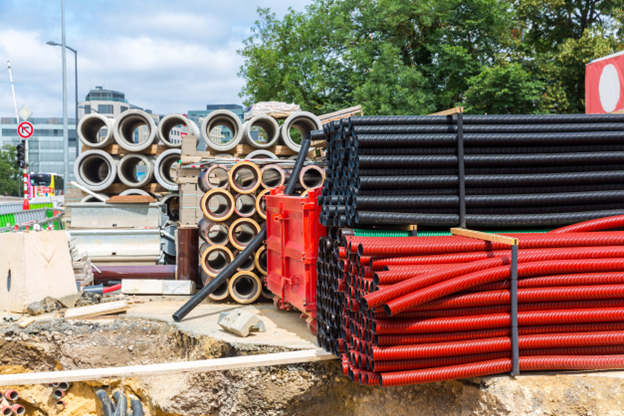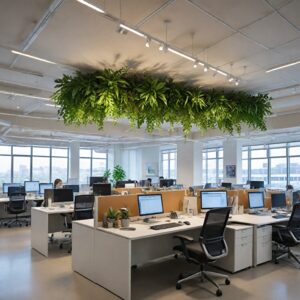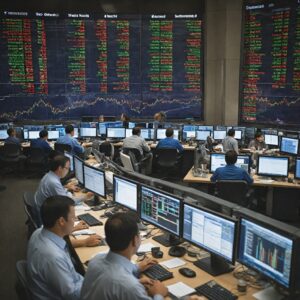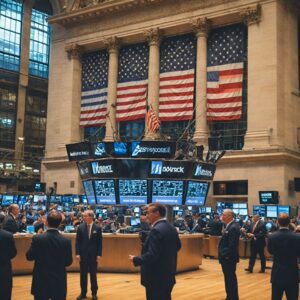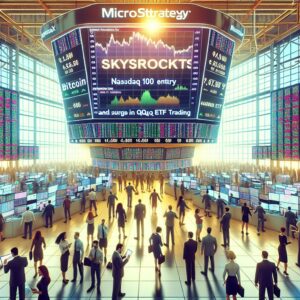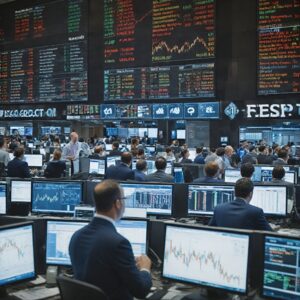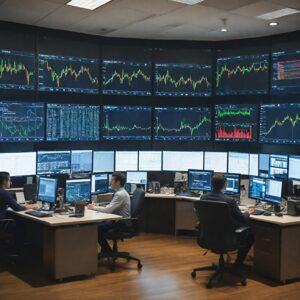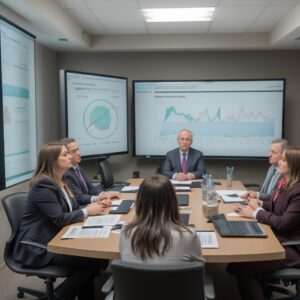The construction supply industry is constantly evolving, driven by innovations, market demands, and environmental considerations. Staying updated with the latest trends is crucial for contractors, suppliers, and builders who want to remain competitive and efficient.
Sustainable and Green Building Materials
One of the most significant trends in construction supply is the increasing demand for sustainable and green building materials. As environmental concerns grow, there is a strong push towards using materials that reduce the carbon footprint and promote sustainability.
Recycled and Reclaimed Materials
Recycled and reclaimed materials are becoming more popular as builders seek to reduce waste and lower costs. These materials include reclaimed wood, recycled metal, and repurposed concrete, which offer the added benefit of a unique aesthetic while promoting sustainability.
Low-Impact Materials
Low-impact materials, such as bamboo and cork, are gaining traction due to their renewable nature and minimal environmental impact. These materials are not only eco-friendly but also durable and versatile, making them suitable for various construction applications.
Advanced Construction Technologies
Technological advancements are revolutionizing the construction supply industry, making processes more efficient and improving the quality of construction.
Building Information Modeling (BIM)
Building Information Modeling (BIM) is a digital representation of the physical and functional characteristics of a building. BIM allows for better collaboration, planning, and visualization, leading to more efficient project management and reduced errors.
3D Printing
3D printing technology is making waves in the construction industry by allowing for the creation of complex structures with precision and speed. This technology can produce custom components on-site, reducing waste and labor costs.
Drones
Drones are being used for site surveys, inspections, and monitoring construction progress. They provide real-time data and high-resolution images, helping to improve accuracy and safety on construction sites.
Smart and Connected Construction
The integration of smart technology in construction is transforming the way buildings are designed, constructed, and managed.
Internet of Things (IoT)
The Internet of Things (IoT) connects construction equipment and tools to the internet, allowing for real-time monitoring and data collection. This connectivity enhances efficiency, safety, and maintenance by providing valuable insights into equipment performance and usage.
Smart Building Materials
Smart building materials, such as self-healing concrete and phase-change materials, are designed to improve building performance and longevity. These materials can adapt to environmental changes and repair themselves, reducing maintenance costs and extending the lifespan of structures.
Prefabrication and Modular Construction
Prefabrication and modular construction are gaining popularity due to their efficiency, cost-effectiveness, and quality control.
Benefits of Prefabrication
Prefabrication involves manufacturing building components off-site and assembling them on-site. This method reduces construction time, minimizes waste, and improves quality control. It is particularly beneficial for large-scale projects and those with tight schedules.
Modular Construction
Modular construction involves creating entire building sections in a factory setting, which are then transported to the construction site for assembly. This approach offers similar benefits to prefabrication and allows for greater flexibility and customization.
Supply Chain Resilience
The COVID-19 pandemic highlighted the importance of supply chain resilience in the construction industry. Companies are now focusing on building more robust and flexible supply chains to withstand disruptions.
Diversification of Suppliers
Diversifying suppliers helps to mitigate risks associated with relying on a single source for materials. By having multiple suppliers, companies can ensure a steady supply of materials even during disruptions.
Local Sourcing
Local sourcing reduces the dependency on international suppliers and shortens supply chains, making them more resilient to global disruptions. It also supports local economies and reduces transportation costs and environmental impact.
Health and Safety Innovations
Health and safety remain top priorities in the construction industry, with new innovations helping to protect workers and improve site safety.
Wearable Technology
Wearable technology, such as smart helmets and safety vests, monitors workers’ health and safety in real-time. These devices can detect fatigue, exposure to hazardous conditions, and other risks, alerting workers and supervisors to take necessary actions.
Enhanced PPE
Personal Protective Equipment (PPE) has seen significant advancements, with more comfortable, durable, and effective options available. Innovations include improved respiratory protection, impact-resistant materials, and integrated communication devices.
Digital Collaboration Tools
Digital collaboration tools are enhancing communication and coordination among construction teams, leading to more efficient project management.
Project Management Software
Project management software, such as Procore and PlanGrid, offers features like document management, scheduling, and real-time collaboration. These tools streamline workflows, improve communication, and reduce the risk of errors and delays.
Virtual Reality (VR) and Augmented Reality (AR)
VR and AR technologies are being used for design visualization, training, and on-site support. These immersive technologies help teams to better understand project plans, identify potential issues, and improve overall project execution.
To Sum Up
Staying informed about the latest trends in construction supply is essential for success in the industry. From sustainable materials and advanced technologies to smart construction and supply chain resilience, these trends are shaping the future of construction. By embracing these innovations, contractors, suppliers, and builders can improve efficiency, reduce costs, and create safer, more sustainable projects.
The content is provided by Jordan Fields, Financial Pulse Now

